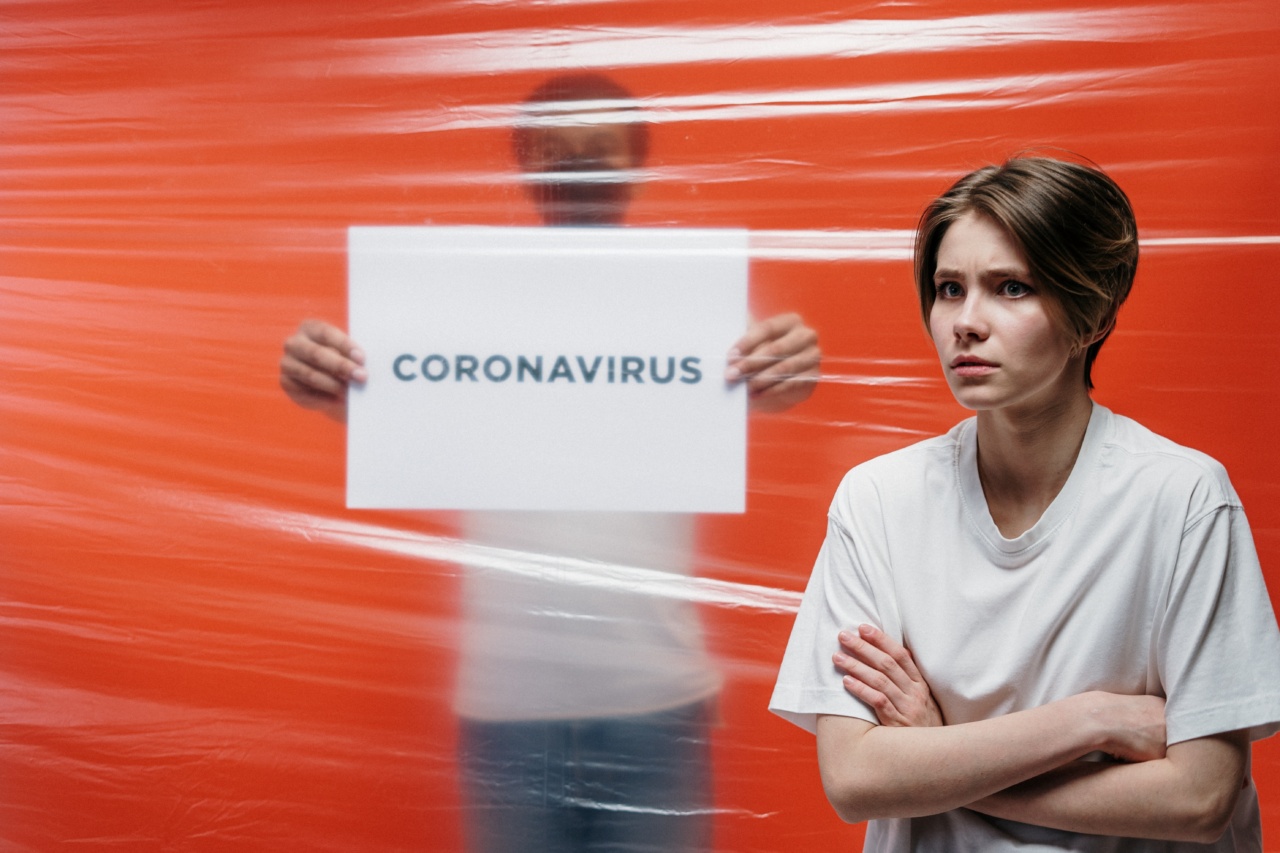As the world continues to grapple with the devastating effects of the COVID-19 pandemic, health officials are now raising concerns about another deadly virus: Ebola.
Experts are warning that without urgent action, the number of Ebola cases could reach a staggering 20,000 by November.
The Resurgence of Ebola
Ebola, a highly contagious virus that causes severe hemorrhagic fever, first gained global attention during the 2014-2016 outbreak in West Africa, which claimed over 11,000 lives.
Since then, sporadic outbreaks have occurred, but the latest surge in infections has alarmed health officials.
The current outbreak was declared on February 7, 2021, in the Democratic Republic of Congo (DRC). It has already spread to neighboring countries, including Guinea, Sierra Leone, and Liberia.
Unlike previous outbreaks, this wave has shown no signs of slowing down, prompting concerns of a potential catastrophe.
Challenges in Containing the Outbreak
Several factors have contributed to the rapid spread of Ebola in the region. The DRC, in particular, has been battling decades of conflict and political instability, making it difficult to implement effective healthcare measures.
The presence of armed groups and an overwhelmed healthcare system have hindered the response to the outbreak, allowing the virus to gain a foothold.
Moreover, the ongoing COVID-19 pandemic has strained global resources and diverted attention away from other health crises.
Many healthcare workers who would have been involved in Ebola containment efforts are already exhausted and overwhelmed by the demands of battling COVID-19.
Another significant challenge is the fear and misinformation surrounding Ebola. Misconceptions about the virus and mistrust of healthcare workers have fueled resistance to preventive measures and safe burial practices.
This resistance, coupled with a lack of awareness among communities, has further facilitated the virus’s spread.
Urgent Response Needed
To prevent a catastrophic outcome, health officials are calling for immediate action.
The World Health Organization (WHO), along with other partner organizations, has launched a strategic response plan to contain the outbreak and prevent further transmission.
The response plan focuses on several key areas:.
1. Strengthening Healthcare Infrastructure
One of the top priorities is to bolster the healthcare infrastructure in affected countries.
This includes enhancing laboratory capacities, training healthcare workers, and ensuring adequate supplies of personal protective equipment (PPE) and therapeutics.
2. Surveillance and Contact Tracing
Efficient surveillance and contact tracing are vital to identify and isolate cases promptly. This includes setting up community-led surveillance systems and ensuring a robust network of contact tracers.
3. Community Engagement
Engaging with local communities is crucial in building trust and dispelling myths surrounding Ebola. Educating communities about the virus, its transmission, and preventive measures can help overcome resistance to containment efforts.
4. Vaccination Campaigns
One of the most important tools in curbing the spread of Ebola is vaccination. The deployment of vaccines to affected areas can help protect healthcare workers and prevent further infections.
5. International Support and Funding
Addressing the Ebola crisis requires significant international support and funding. Governments and organizations must allocate resources to support the response efforts and ensure the timely deployment of necessary supplies.
The Global Impact
The consequences of a widespread Ebola outbreak extend beyond the affected countries. With increasing global interconnectedness, the virus can easily cross borders and pose a threat to global health security.
Moreover, the economic impact of an Ebola outbreak can be severe. The affected countries, already grappling with poverty and limited resources, would face further strain on their fragile economies.
Disruption to trade, tourism, and investment can have long-lasting consequences for the region.
Lessons from the Past
While the current situation is alarming, there are lessons to be learned from past Ebola outbreaks. The global response to the 2014-2016 West Africa outbreak demonstrated the importance of swift and coordinated action.
During that crisis, international collaboration, the mobilization of resources, and the rapid deployment of healthcare workers played a crucial role in containing the virus. These lessons must be applied now to prevent history from repeating itself.
The Way Forward
Combating the Ebola outbreak requires a multifaceted approach. Governments, international organizations, and communities must work together to address the underlying causes and implement effective measures.
Raising awareness, dispelling myths, and gaining the trust of communities are crucial components in the response. Adequate funding and resources must be mobilized promptly to support healthcare systems and ensure the timely delivery of supplies.
Additionally, it is essential to recognize the interplay between different health crises.
While the world continues to grapple with the COVID-19 pandemic, efforts must be made to address other ongoing health emergencies, such as Ebola, to prevent further tragedies.
Conclusion
The potential for 20,000 Ebola cases by November is a stark reminder of the urgent need for global solidarity and action. The world cannot afford to overlook the devastating impact of another widespread outbreak.
By learning from past experiences and collaborating effectively, we can avert a humanitarian disaster and protect the lives of those most vulnerable to this deadly virus.






























